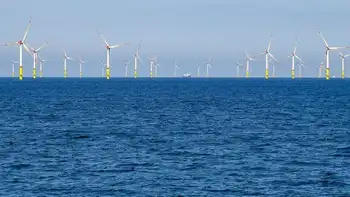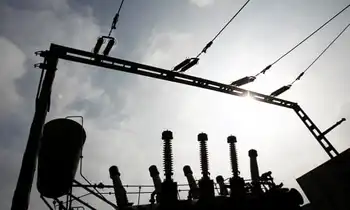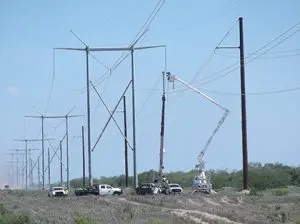Toronto Hydro's Power Savings Blitz program good for small business
By Canada News Wire
Substation Relay Protection Training
Our customized live online or in‑person group training can be delivered to your staff at your location.

- Live Online
- 12 hours Instructor-led
- Group Training Available
In just six months, Toronto Hydro has paid $1.2 million to cover the costs of lighting retrofits for more than 1,000 city businesses. Toronto Hydro estimates that the retrofits completed to date will save a total of 1.9 megawatts (MW) of electricity. In the coming weeks, more businesses will receive their retrofits bringing the total to 1,509 small business retrofits and approximately $1.35 million in efficient lighting equipment. The program will continue through 2009.
Designed for small businesses, churches and faith-based buildings, NGO's, and government buildings that have individual meters and use less than 50 kilowatts of electricity, Power Savings Blitz is the first energy conservation program in Ontario to take into account the specific needs of small businesses.
"Small businesses have historically been one of the stalwarts of Ontario's economy, and in Toronto there are approximately 65,000 small business customers," said Toronto Hydro's President and CEO, David O'Brien.
"We know that these business people — operating everything from auto body shops to corner milk stores — represent a critical mass. With the right tools, they can make a significant dent in Toronto's electricity demand. We believe that our Power Savings Blitz is the right program to help make that happen. Plus, it helps them save money too."
One customer who recently signed up for the Power Savings Blitz program is local flower shop owner, Livia Cao, whose establishment is located on Broadview Avenue near Danforth Avenue. Broadview Flower Market is open seven days a week, from 9 a.m. to 8 p.m. with multiple overhead fluorescent lights that are on from the store's opening to closing.
"We struggle with our electricity bill because it takes so much electricity to run our business," said Ms. Cao. "This new program will help a lot. When the assessor came in to the store, he talked to us about switching our lights to the more energy-efficient kind and gave us tips on other ways to save. We estimate that we'll save about $40 on our electricity bill each month. It doesn't sound like much, but it all adds up. In this economy, every little bit helps."
The Power Savings Blitz assessment is free of charge and takes approximately 30 minutes to complete. Based on the assessment, a list of possible energy-efficient upgrades is presented to the business owner. Toronto Hydro will pay the first $1,000 for energy-efficient lighting and water heating enhancements, with absolutely no financial obligation for the business owner. All work is performed by licensed electricians under contract to Toronto Hydro and the work is guaranteed for one year.
"It sounds too good to be true, and that's why we're trying to reinforce with customers that Power Savings Blitz is the real deal. No strings attached, we're offering small businesses a straight-forward and easy way to help manage their electricity costs. Our analysis shows that in some cases, small businesses could save up to $400 a year as a result of implementing simple energy retrofits," said Mr. O'Brien.
Toronto Hydro began contacting customers about Power Savings Blitz in November through direct mail and a follow-up phone call or store visit.
Business owners who wish to participate in the program and have not been contacted yet by Toronto Hydro can call 416-599-9210 to arrange for a licensed energy assessor to visit their establishment. More information on the program can be found at www.torontohydro.com/savingsblitz
In addition to the Power Savings Blitz program, Toronto Hydro also developed and successfully administers the peaksaver demand reduction program and the Business Incentive Program for business customers, as well as several conservation and demand management (CDM) programs for residential customers including: peaksaver, Take a Load Off Toronto, Keep Cool, Festive Lighting Exchange and Another Bright Idea.
Since it began implementing CDM programs in support of the Province's goal of creating a 'conservation culture' in Ontario, Toronto Hydro has reduced demand in the City of Toronto by approximately 386 megawatts and helped customers save an estimated 549,411,459 kilowatt-hours.
Toronto Hydro-Electric System Limited is the regulated "wires" affiliate and is one of the largest municipal electric distribution utilities in Canada, delivering electricity to a broadly diversified, economically robust, residential, commercial and industrial customer base in the City of Toronto.
The utility serves more than 684,000 customers.











